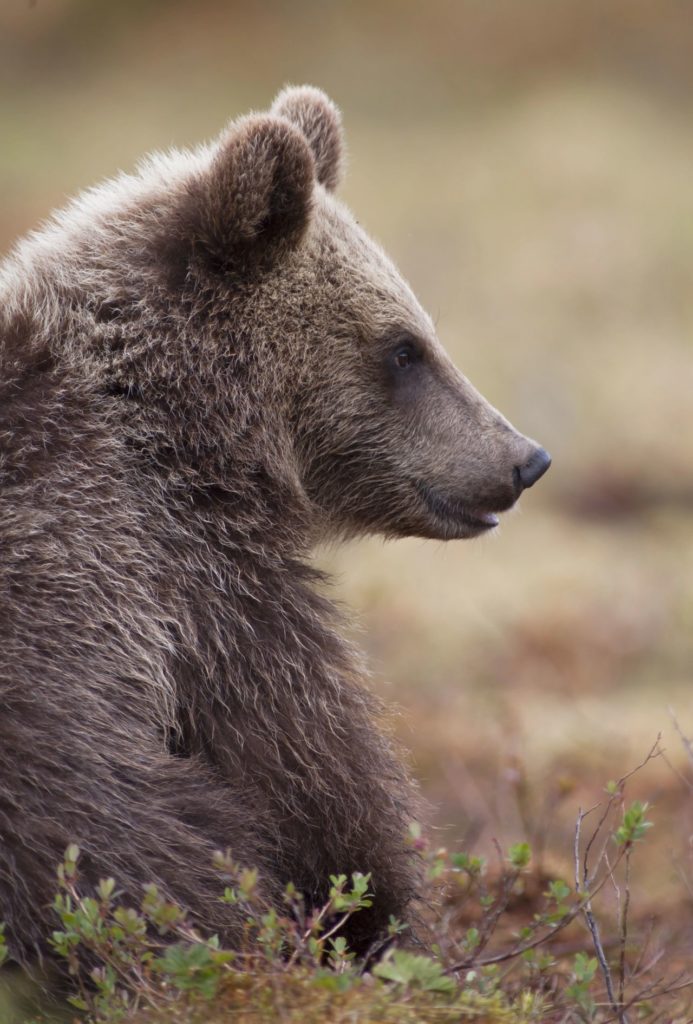Last summer, after a night in the backcountry of North Yellowstone, some friends and I were breaking down camp when we spotted a black bear and her cub meandering down the hill behind our campsite. We began making noise to let them know we were there, but they continued on their path down the hill. Apparently, they were too concerned about getting to the berry bushes at the bottom of the hill to care that we were there. They stopped about 100 yards away and began gorging themselves with berries. We admired them for nearly 45 minutes.

I cherish these shared moments with wildlife; Encounters in which the animals are largely undisturbed and can be observed in their habitat at a safe distance. I was shocked to learn that some people still associate the draw of Yellowstone with the opportunity to feed bears. For much of the 1900’s, park visitors were allowed to feed bears from their cars, and bleachers were set up at dumps in the park so guests could gather to watch bears feast on the garbage. Now, park rangers work hard to educate the public about the importance of bear safety. When bears (and other wildlife) become accustomed to eating human food, from campsites, garbage cans, or otherwise, they quickly begin associating humans with food. Unfortunately, this can lead to aggressive bears that can harm humans, so they must be euthanized. “A fed bear is a dead bear,” as they say.
Many of us are so accustomed to bear-proof garbage cans and dumpsters, it feels like ancient history that humans encouraged bears to eat human food. It is an important reminder that we are always learning about the behavior of the wildlife that share our home.
Sarah is the Program Coordinator for Henrys Fork Wildlife Alliance.
